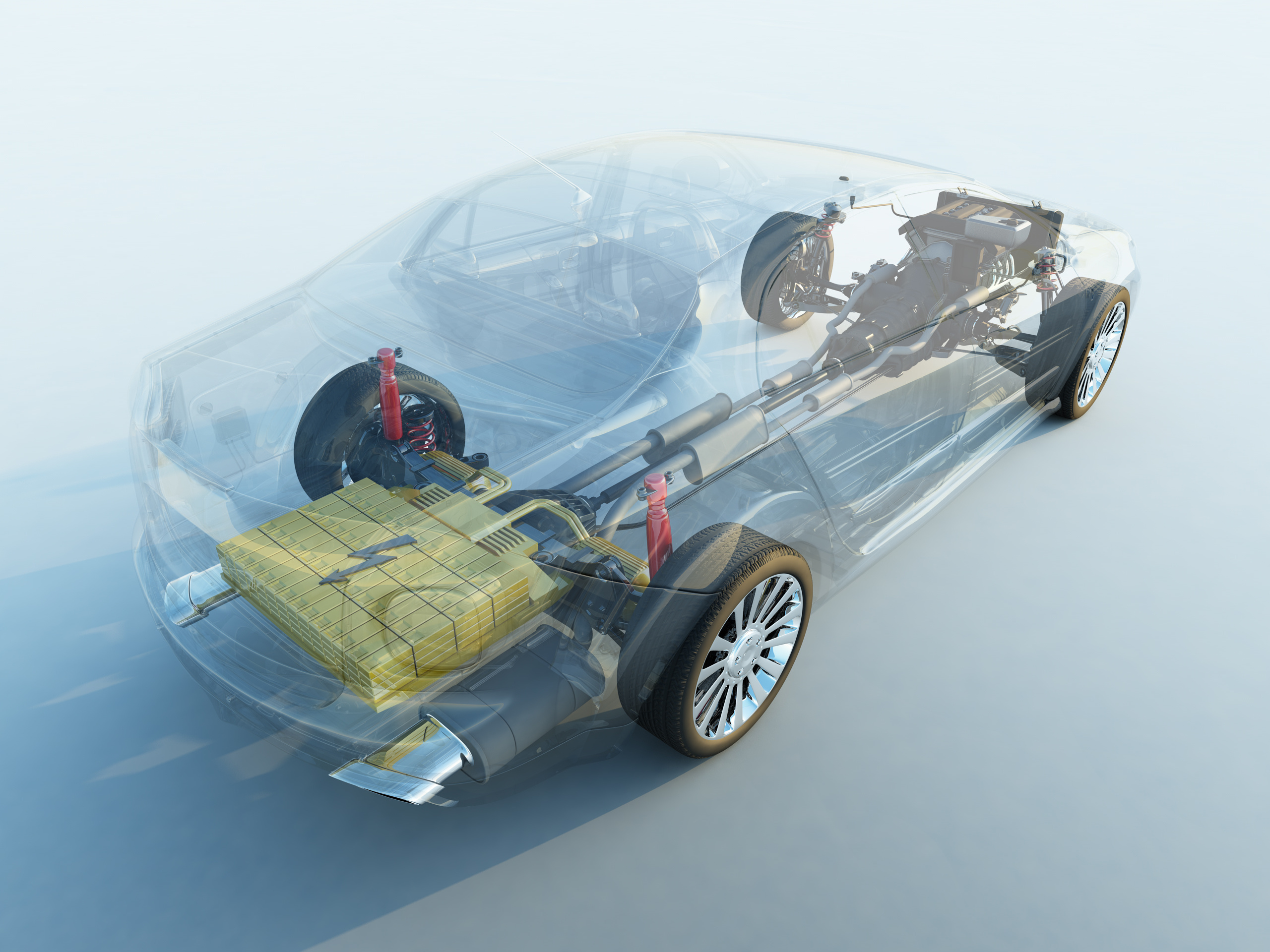Revolutionizing Additive Manufacturing with Industrial CT inspection system for additive manufacturing
2025-04-24 00:00
The world of additive manufacturing (AM) is evolving rapidly, with the introduction of cutting-edge materials and innovative production techniques. As industries increasingly turn to 3D printing for producing complex, customized components, ensuring the quality and integrity of these parts becomes paramount. This is where Industrial CT inspection system for additive manufacturing come into play, providing an unparalleled solution for evaluating the internal and external quality of AM parts.

The Importance of Quality Control in Additive Manufacturing
Additive manufacturing offers immense flexibility in design, enabling the production of intricate geometries and lightweight components that would be nearly impossible to achieve with traditional manufacturing methods. However, the complexity of AM parts, particularly those made from new materials, poses unique challenges in quality control. Issues such as porosity, voids, cracks, or misalignments within these parts are often invisible to the naked eye and traditional inspection techniques, making the need for advanced inspection methods critical.
Industrial CT inspection system for additive manufacturing is at the forefront of solving these challenges. By providing high-resolution, 3D imaging of the internal structure of AM parts, industrial CT inspection systems enable manufacturers to detect defects that might otherwise go unnoticed. This ensures that even the most complex parts, made from advanced or experimental materials, meet the highest standards of quality and performance.
Key Advantages of Industrial CT Inspection Systems for Additive Manufacturing
1. Non-Destructive Testing: One of the standout features of Industrial CT scanning is its non-destructive nature. Unlike traditional methods that may require cutting, grinding, or sectioning of parts, CT scanning allows for the inspection of components without altering or damaging them. This is particularly valuable for high-value, custom-designed parts used in aerospace, automotive, and medical applications.
2. In-depth Analysis of New Materials: With the rise of advanced materials in additive manufacturing—such as high-strength alloys, composites, and specialized polymers—CT scanning provides a way to evaluate the internal structure and properties of these materials in their final printed form. The system can detect issues like porosity, voids, and inclusions that could compromise the material's performance, particularly under high-stress conditions.
3. High-Resolution 3D Imaging: The detailed, 3D images produced by industrial CT scanners provide a comprehensive view of the part’s internal and external structures. This level of detail allows engineers to analyze geometries with extreme precision, ensuring that each part adheres to the intended design specifications and identifying areas that may require post-processing or adjustments.
4. Enhanced Process Control: By integrating industrial CT inspection into the additive manufacturing workflow, manufacturers can gain valuable insights into the production process itself. Identifying defects early on allows for faster adjustments to the printing process, reducing the likelihood of defects in future batches and enhancing overall efficiency.
5. Improved Material Characterization: The ability to analyze new or experimental materials at a granular level allows manufacturers to better understand how these materials behave during the printing process. This leads to optimized material properties and improved part performance, particularly for critical applications such as aerospace and medical device manufacturing.
Applications in Additive Manufacturing
1. Aerospace and Aviation: The aerospace industry is one of the largest adopters of additive manufacturing due to the potential for lightweight components and complex geometries. Industrial CT inspection systems help ensure that 3D-printed turbine blades, engine parts, and structural components are free from internal defects that could jeopardize safety or performance.
2. Automotive Industry: In automotive manufacturing, AM is used to create parts such as lightweight brackets, engine components, and custom tooling. Industrial CT scanning helps verify the integrity of these parts, ensuring that they meet the rigorous demands of high-performance vehicles.
3.Medical Devices: The medical industry benefits from additive manufacturing’s ability to create patient-specific implants and prosthetics. With industrial CT scanning, manufacturers can ensure that these critical medical devices have the internal integrity and structural reliability needed to ensure patient safety.
4.Tooling and Manufacturing: As additive manufacturing is increasingly used for creating complex tooling, jigs, and fixtures, industrial CT inspection helps verify that these tools will perform as expected under manufacturing conditions, ensuring both quality and precision.
As additive manufacturing continues to push the boundaries of what is possible, the role of Industrial CT inspection system for additive manufacturing will become even more critical. The ability to inspect advanced materials, detect minute defects, and ensure the overall integrity of 3D-printed components is essential to the continued growth and adoption of AM in high-performance industries.
By offering a non-destructive, highly detailed analysis of both the internal and external features of AM parts, industrial CT scanning is set to become an indispensable tool in the additive manufacturing process. It not only improves the quality and reliability of parts but also drives innovation in the development of new materials and manufacturing techniques.
To learn more about how Industrial CT inspection system for additive manufacturing can elevate your additive manufacturing process and ensure the quality of your next-generation components, contact us today. Together, we can shape the future of manufacturing with cutting-edge technologies.








